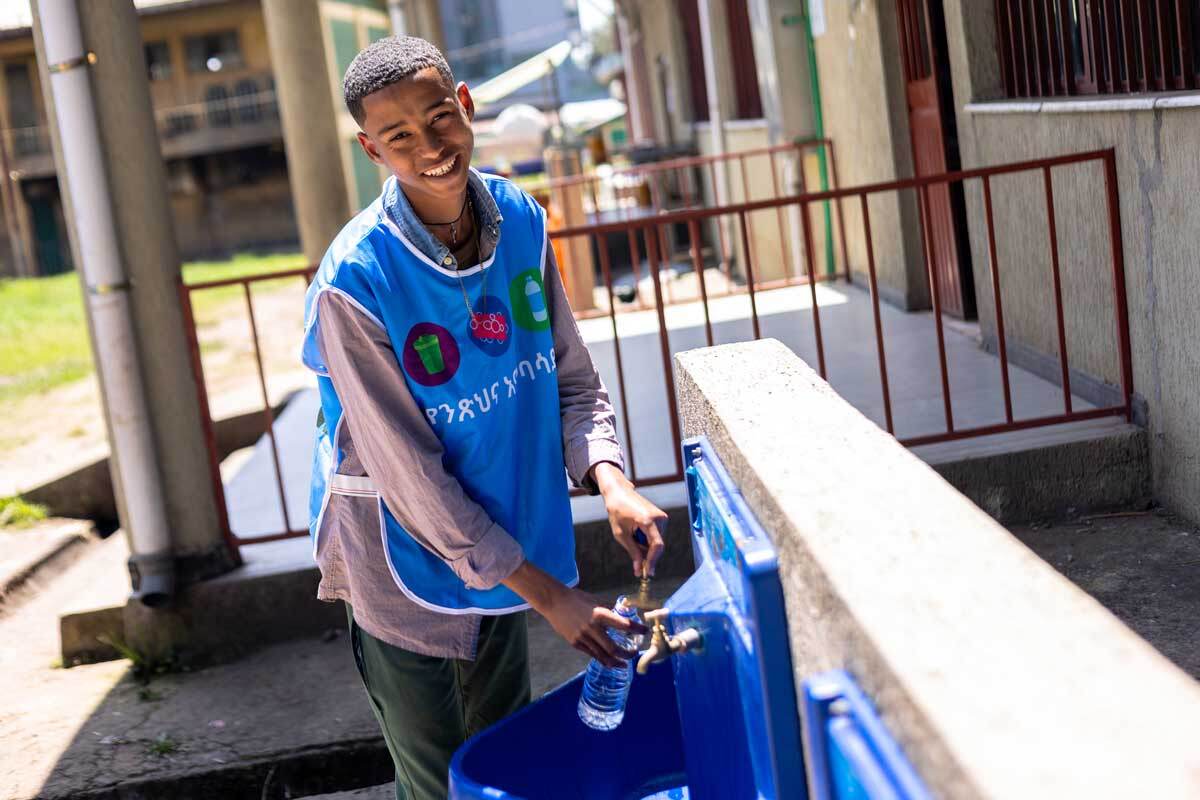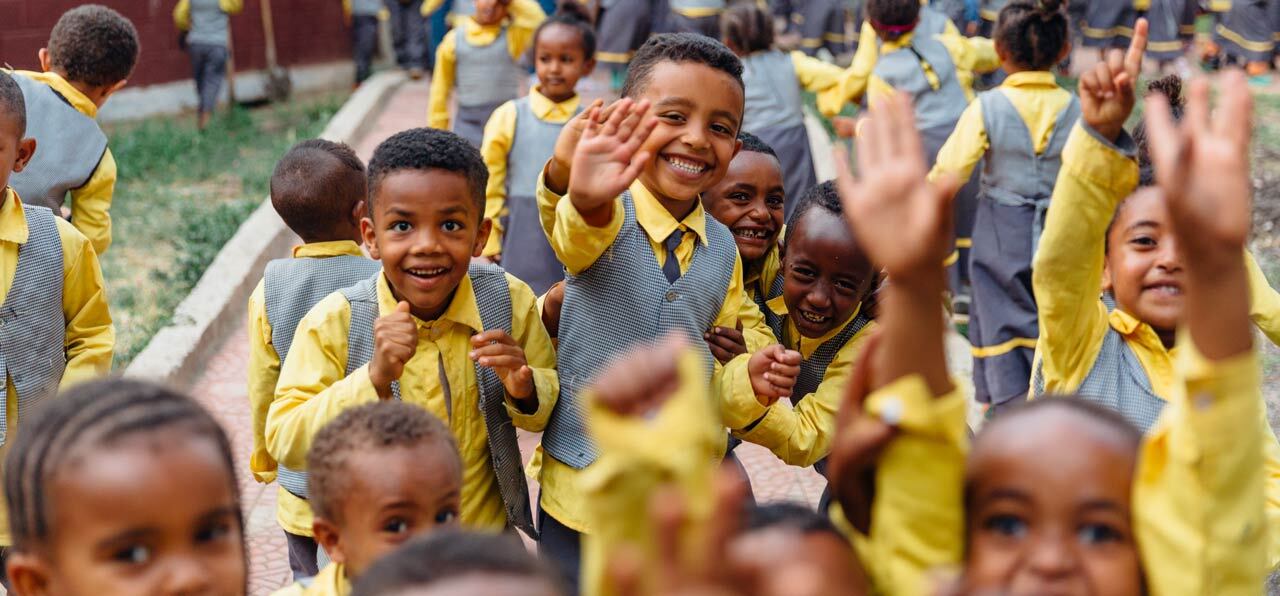Articles and information about Splash and the work we do.

April 24, 2016
After the Earthquake: One Year Later
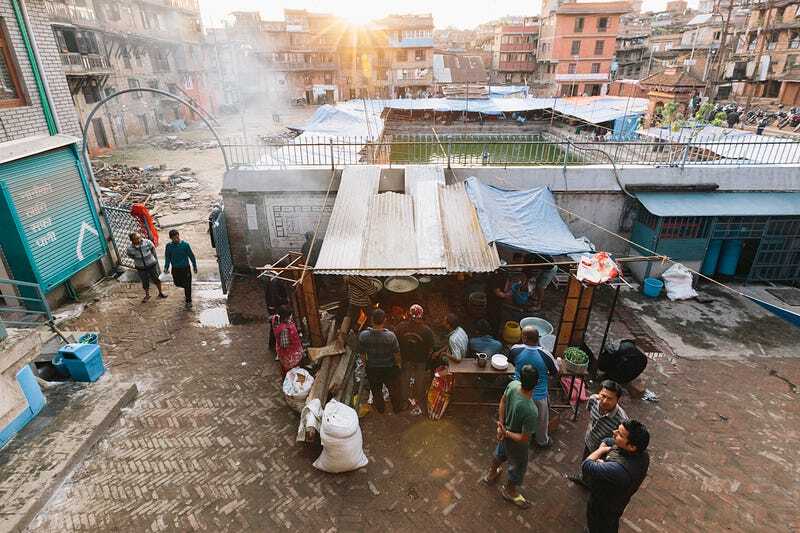
April 25, 2016 marks the 1-year anniversary of the 7.8 magnitude Nepal earthquake — the first in a series of tremors — that devastated the Kathmandu Valley.
The day after the first earthquake, Splash staff in Nepal began surveying the damage at their partner schools, realizing they were the first relief aid to arrive. “The schools were very amazed,” said Kriti Baidya, a Partner Support Coordinator at Splash Nepal. Not one of Splash’s hard-wired water filtration systems had been permanently damaged. “The Splash team was at the school giving a hygiene training to the children [when the second earthquake, a 6.7 magnitude tremor, struck on April 26, 2015]. We faced the earthquake in the school itself.” Kriti recalled. It was lucky that the first, and most powerful, earthquake had hit on a Saturday when schools were not in session.
Days after Disaster
In the days, weeks, and months following the initial earthquakes, many communities and suddenly homeless families relied on Splash’s existing high volume water filtration systems in public schools. “The Splash filter system is one of the things that helped people because right after the earthquake most people took shelter in the schools. They drank pure water from that filter system, which helped,” confided Madan Dhodari, another Partner Support Coordinator at Splash Nepal. Within two weeks of the first earthquake, the Splash Nepal team began holding public workshops on critical WASH (Water, Sanitation, and Hygiene) behaviors, educating their fellow survivors on how to keep clean and stay healthy during those hard times.

“Whatever the situation was, we never gave up,” said Kriti.
As the Nepalese people banded together and other aid agencies joined the recovery efforts, communities began to rebuild. Families found new homes and, for some, life returned to normal — a new normal. For many, the fear of imminent disaster was crippling to their recovery. Light aftershocks and rumors of more earthquakes reverberated across Kathmandu Valley, sending the city into a sleepless worry and flooding the hospitals with cases of post-traumatic stress.
Eventually, classes resumed at schools, but were often held in TLCs (Temporary Learning Centers); structures made of bamboo that, according to some schoolteachers, leaked when it rained and emitted a fine powder when it was dry that made the kids feel sleepy and ill. “The TLC is not the solution,” Splash Nepal’s Health & Hygiene Officer, Sushma Kuikel, remarked. “They make a lot of problems for the students.”
Then, on September 23, 2015, the people of Nepal were hit by another devastating shock: border blockades between Nepal and India that stopped the import of necessary goods, like building materials, equipment, and fuel. Another new reality settled over Nepal.
“During the earthquake, there was bonding,” recalled Shruti Bista, another Partner Support Coordinator at Splash Nepal. “People were ready to help each other, but during the fuel crisis, it was a competition for where you could get fuel.”
“The whole year we faced problems after the earthquake,” Madan confirmed. “It may not be the result of the earthquake, but the whole year was not good for us.”
Business (Not) As Usual
“It has changed a lot,” Krity Bajracharya, Health & Hygiene Officer at Splash Nepal replied when asked how the year’s events have affected the implementation of Splash’s work. “In some of the schools, the water source has completely dried up, so it has been really difficult. And in other schools, due to the destruction of the buildings, we have had to move a lot of our drinking and handwashing stations.”
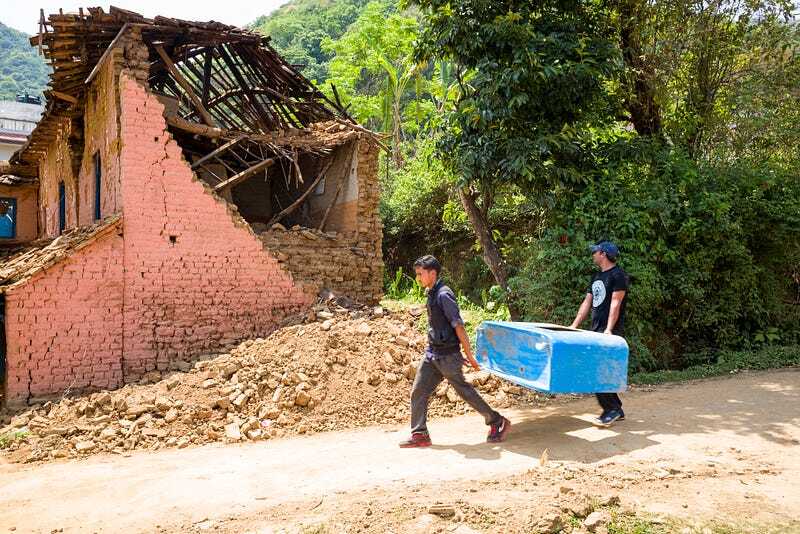
One positive change for Splash has been the enforcement of new and stricter safety standards for building construction and design. “Now because the earthquake, people are very cautious and following the building construction rules. Good things are happening now,” said Rojita Maharjan, Social Business Coordinator at Splash Nepal.
It’s true. Splash Nepal has dedicated much of this year’s resources to retrofitting the water storage tanks and plumbing at the 164 schools currently using Splash’s water filtration system to meet these improved safety standards. Meanwhile, Splash has adopted a reformed approached at the 47 new installations scheduled for 2016, enforcing stricter engineering standards for improved safety and disaster preparedness. “Now we are planning; keeping the earthquake in our minds,” said Sujan K.C., Operations Assistant at Splash Nepal.
When asked to reflect on the past year, Splash Nepal’s Hygiene Team became giddy as they recounted the endeavor of delivering portable water filters to 75 schools in the rural Southern Lalitpur region of Nepal — the area of Kathmandu Valley most affected by the earthquake. “It was completely different than what we had been doing with Splash, but it was the most satisfying work.” What made it satisfying? Sushma beamed: “The smiles of the students.”
What’s Next?
“We need to work more on water sources,” Madan advised. In a city faced with unforeseen challenges, Splash is making steady progress toward achieving 100% coverage of full water, sanitation, and hygiene services at all 650 public schools in the Kathmandu Valley. While Splash adapts to the changed urban environment, schools seek to get students back into permanent buildings; a slow process hinged on government funding and expected to take two to three years.
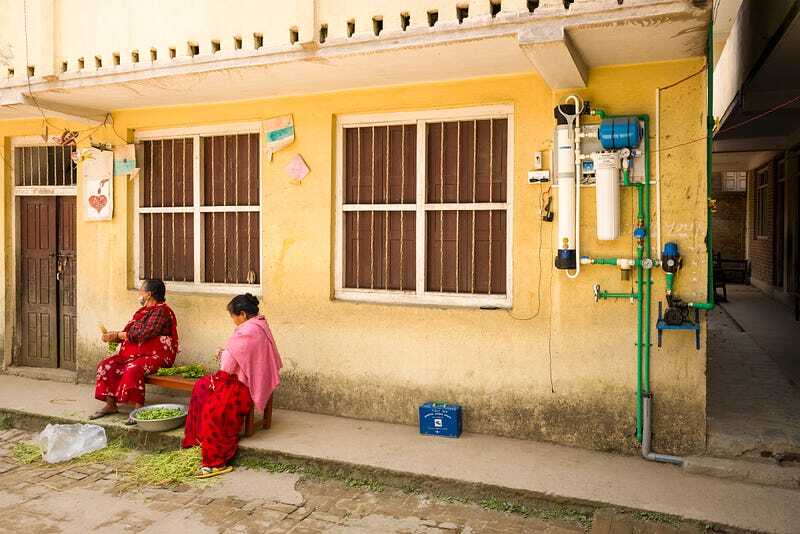
“Splash Nepal is now more focused on the access to drinking water,” confirmed Rojita. “Quantity and quality are both challenges.” Despite water supply being an unexpected dilemma, the Splash Nepal team seems unfazed. Already, Splash has begun forging new partnerships with local experts to troubleshoot the issue of water supply and access. “Splash work is never for the short term,” Rojita explained. “We continuously work with the schools. They are a partner and a friend.” And Splash never leaves a friend high and dry.
